I wanted to comment on my recent trip to Blackpool and say a few things which couldn’t be said in my Take Three Songs… on Blackpool post. These comments also touch on the musical legacy of the 60s.
Blackpool Brexit
I headed for Blackpool with my partner just days after the schism of the Brexit vote. There was much talk of divided Britain, with the vote split at least three ways: young/old, urban/rural, educated/less educated. Crucially for me, whilst London overwhelmingly voted to remain, English coastal areas tended to vote leave.

I live in the London borough of Lewisham where the vote was 70:30 in favour of remain. Blackpool voted exactly the opposite: 70:30 leave. So what would it feel like to spend a week in ‘another country’?
The air was poisonous post referendum. There were reports of a spike in race and religious hate crime. As a gay couple and with my partner being Vietnamese, I even wondered if we would be made to feel welcome in Brexit Britain. What nonsense. Everyone, without exception, could not have been friendlier.
Still, we must have looked like a couple of real Londoners. Within half an hour of getting off the train, there we were on the North Pier, throwing darts to win an oversized teddy we didn’t even want. We needn’t have worried. The rules kept changing so that it remained always just beyond our reach and we realised we’d been fleeced by the charming, fast-talking stallholder. That’s when we knew we had arrived in Blackpool.
Going the golden mile
It has to be said Blackpool has seen better days; the southern stretch along the seafront is in really rather a sorry state, hotels struggling to survive nestle amongst boarded up B&Bs. The pier felt a little on the desolate side, many of the rides were silent, their minders, glum (mind you, the weather was more like early April than July).
Blackpool grew up as a mecca for holiday makes across the north back in the days when mills and factories uniformly shut for two weeks. Blackpool wasn’t the holiday resort of choice, it was simply the place to go. Gradually that tradition became eroded – by cheap foreign holidays, by the closure of most of those mills and factories, by more choice and greater individualism.

Now there are too many hotels, B&Bs and guest houses and not enough tourists. That’s unlikely to change anytime soon. Nobody seemed to want to talk about the boarded-up southern stretch, as if it was an embarrassment to the town, an affront to its battered pride.
I don’t know what future, if any, is planned for Blackpool. Regeneration? It’s hard to imagine the luxury apartments currently springing up across London here. I’m only glad that the dystopia masterminded by Tony Blair’s government – swathes of Las Vegas mega casinos towering along the front – never came to pass. I don’t want to romanticise Blackpool (though I could) as there is real deprivation to be found and we saw some of it. Blair’s casinos would have provided jobs but their corporatism would have seemed at odds with the quirky, rough diamond feel of the place.

Blackpool long gone
A friend has very fond memories of Blackpool in the very late 60s and early 70s – long cycle rides from Middlesbrough to scour myriad newsagents in search of rare comics, ice creams along the prom, the sound of the sea in one ear and Radio 1 in the other. A taste of freedom in Blackpool’s very own swinging 60s – seaside tradition meets Carry On meets pop.
The newsagents are no more, taking their saucy postcards with them, the latter killed off, I suspect, more by Facebook selfies than political correctness.
What of the 60s legacy? I found it in the adventurous curveball squares of this building:

And the music?
Blackpool rock
Well I heard more 60s music during our week in Blackpool than over six months in on-trend London. Sweet’s Co-co blasted unashamedly out of Shenanigans, a garishly green prom-side Irish bar; the next night it was Blockbuster and in another bar the night after that, a lesser known hit by The Love Affair with joyfully inebriated punters spilling out onto the street.
Browsing the rock in a gift shop, we heard Gilbert O’ Sullivan and – Paper Lace! – from a radio, possibly but you just don’t hear these songs in public in London or Brighton. They have long since vanished off the hip radar, banished to – where? The coastal fringes of the airways? It was as if the soundtrack to Blackpool was a 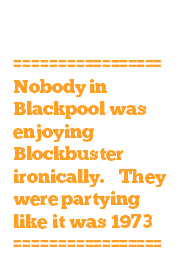 narrow band-width Gold radio-station, definitely one which broadcasts on medium or long wave only.
narrow band-width Gold radio-station, definitely one which broadcasts on medium or long wave only.
Is this catering for simple seaside nostalgia or is Blackpool ‘stuck in the past’? Are Paper Lace and Gilbert O’Sullivan the musical equivalent of a steak sandwich (only £2.99) and a can of Pepsi? Get Down and get with it.
It occurred to me that 60s pop has a kind of polarised dual ownership. On the one hand, there are the hip, knowing style curators, the nerdishly cultish, retrochic crowd and on the other hand, the long-term residents of a semi-forgotten hinterland of ex-chart pop, punters who grew up with it and have never grown out of it. Or is it just because they’ve never moved away from Blackpool?
A song might occasionally traverse from the old fashioned place to the hip new one (when the curators allow it) in the form of a rediscovered gem ripe for reappraisal or, more likely, a guilty pleasure to be enjoyed ironically until forgotten again. But by and large, drawbridges are raised between the smart, metropolitan hip, collectable 60s and the far flung estuaries of pop’s yesteryears. Nobody in Blackpool was enjoying Blockbuster ironically. They were partying like it was 1973.
And perhaps that’s the point. We really are two Britains culturally as well as politically. Only until 24th June, we never really knew it.
Back in the London bubble…
I felt the divide most acutely not whilst in Blackpool itself, not even watching the twirling foxtrotters in the timelessly enchanting

surroundings of Blackpool’s rococo Tower ballroom, but upon re-entering the fabled London bubble.
“I haven’t seen you for a while, you been away?”
“Oh yes, we’ve spent a week in Blackpool”.
Silence.
Change the subject.
Some mistake surely: he couldn’t really have said Blackpool –could he?!!
I was met with this stunned silence on at least two occasions.
“Why on earth would you want to go there?!” was written all over their faces. I might as well have said we had had spent a week in a multi-storey car park in Basingstoke. I also suspect a sense that I had offered myself up to enemy territory, the land of the dreaded Brexiteers. These incredulous reactions were from liberal, left leaning remainers to a tee.
“Where are you going?” I would proffer in return.
“Sicily”, “Stockholm”, “Seville” came the replies, sights set on Euro glamour and continental chic, backs turned against the trippers and UKippers, the barnacled underbelly of pierside unfashionability.

I found these insights rather sad and perhaps symptomatic of the neglect our traditional seaside resorts feel glowers out at them from an indifferent capital.
Blackpool illuminations
Whatever might it take to mend these rifts in the years ahead? Maybe more than HS2, 3 and even 4, more even than Tate Blackpool.
Perhaps when regeneration comes, in whatever form regeneration takes, the 60s musical allegiances might find themselves redrawn too, into a legacy which is more shared, more representative, more democratic.

Take Three Songs… on Blackpool

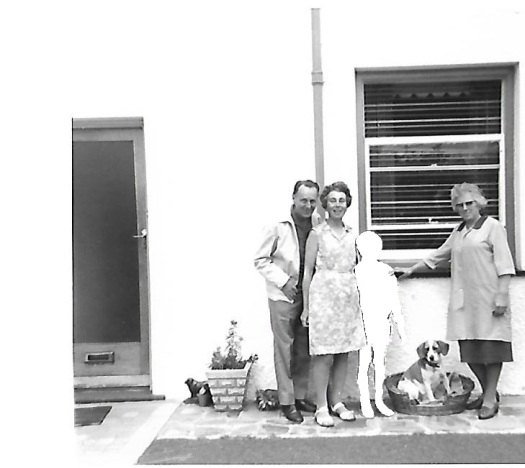

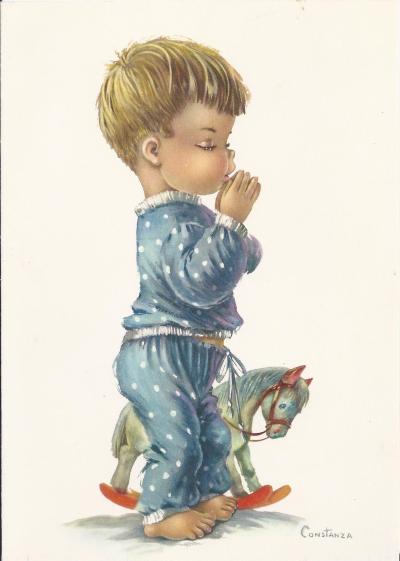
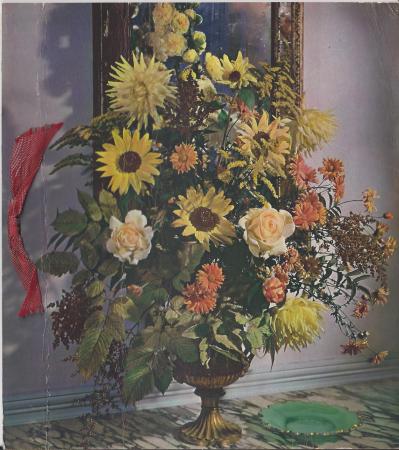
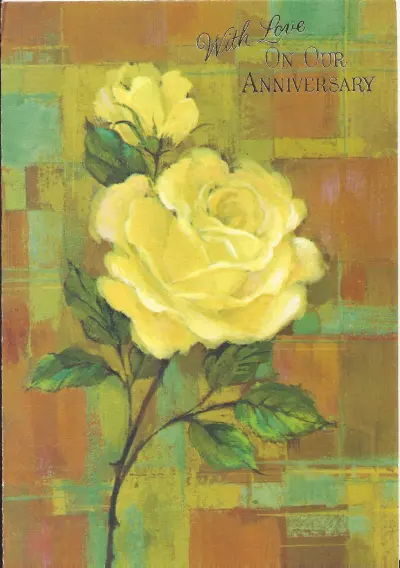
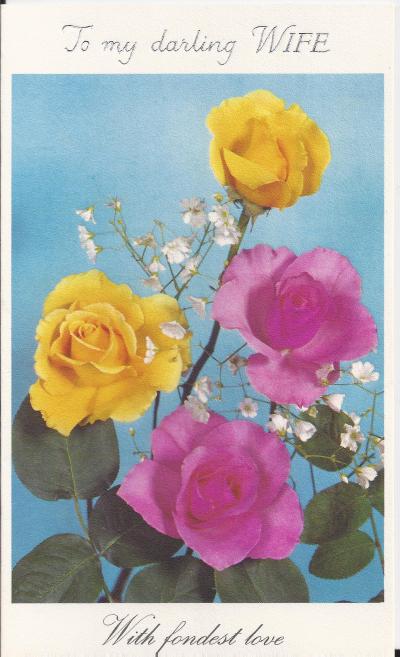
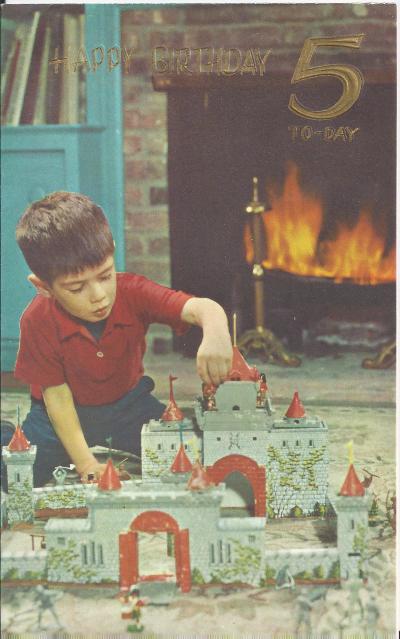
 there’s the hippy era’s “Groovy!” even if perhaps mostly in mythology.
there’s the hippy era’s “Groovy!” even if perhaps mostly in mythology.










 narrow band-width Gold radio-station, definitely one which broadcasts on medium or long wave only.
narrow band-width Gold radio-station, definitely one which broadcasts on medium or long wave only.



 This is what happened when I moved aged eleven in 1975. I didn’t want us to move and remember scowling with hate-filled venom as my parents showed prospective buyers around. I thought my fixed, silent, demonic stare might somehow ward them off. It didn’t work, at least, not with Mr & Mrs Hunter and their curly-haired twin boys. They even had the audacity to arrive just as Terror of the Zygons reached its climax.
This is what happened when I moved aged eleven in 1975. I didn’t want us to move and remember scowling with hate-filled venom as my parents showed prospective buyers around. I thought my fixed, silent, demonic stare might somehow ward them off. It didn’t work, at least, not with Mr & Mrs Hunter and their curly-haired twin boys. They even had the audacity to arrive just as Terror of the Zygons reached its climax. its place was an austere 1950s, metal windowed house with an asbestos garage and mean little prefab outhouse. It wasn’t so far away from our old house but might as well have been a million miles.
its place was an austere 1950s, metal windowed house with an asbestos garage and mean little prefab outhouse. It wasn’t so far away from our old house but might as well have been a million miles. disaffection had not just been sewn but were already growing up around me in my final two terms at primary school. A childhood culture of vim and vigour was giving way to a disaffection amongst the more precocious children. I can see how hopeless I was at football, how removed from the rough and tumble of most boys’ activities as I stayed on the sidelines with a few close friends. I can see how setup I was to fall.
disaffection had not just been sewn but were already growing up around me in my final two terms at primary school. A childhood culture of vim and vigour was giving way to a disaffection amongst the more precocious children. I can see how hopeless I was at football, how removed from the rough and tumble of most boys’ activities as I stayed on the sidelines with a few close friends. I can see how setup I was to fall.